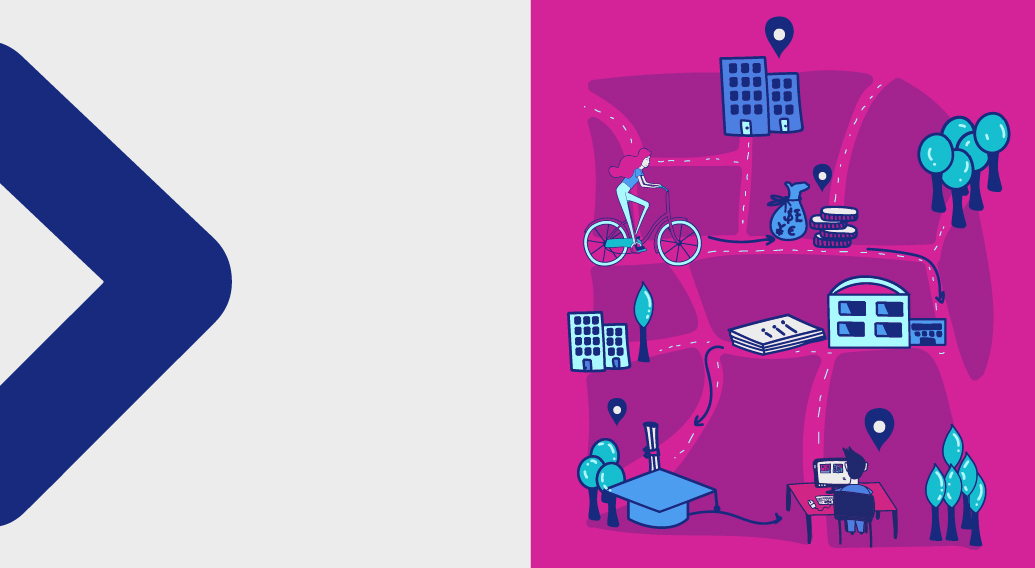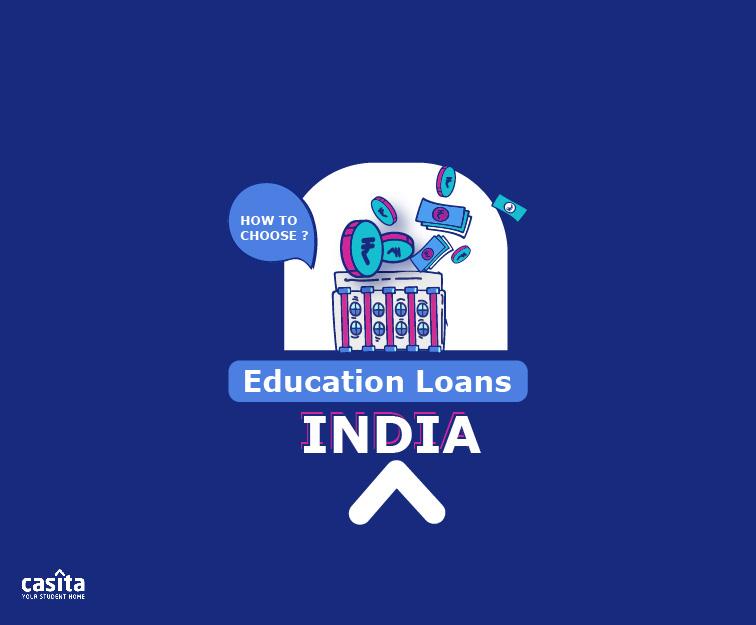A Complete Guide to Student Loans
Student Finance
3 mins read
Share

Updated at: 25 November, 2025
Published at: 12 December, 2021
By Engy Hassan
A Complete Guide to Student Loans
Student Finance
3 mins read

Updated at: 25 November, 2025
Published at: 12 December, 2021
By Engy Hassan
Share
Applying for a student loan as an international student can be incredibly intimidating, especially if you are unfamiliar with the process. In addition, loans have multiple types and limits, and you have to be aware of everything to secure the right loan for your needs.
What is Student Loan?
A student loan is the amount of money you borrow from an entity, whether federal or private, to cover your college expenses like tuition, books, supplies and living costs. Usually, students apply for a loan because they can not afford college tuition on their own.
USA Student Loan Types
1. Federal Student Loans
The US government offers federal student loans. Federal loans include many benefits you can’t find in private loans. From fixed interest rates to income-driven repayment plans, federal loans are perfect if you wish to reduce the burden on yourself in the future. Additionally, they don't require good credit or a co-signer. Federal loans are divided into 3 types:
Subsidised Loan
A type of federal student loans that neither accrue interest while you’re in college nor during other periods of authorised non-repayment (deferments - grace periods). This type of loan doesn’t require a credit history or a co-signer. Subsidised loans are a part of financial aid, and only undergraduate students with proven financial needs are eligible.
Unsubsidised Loan
This type of federal student loan starts to accrue interest as soon as it is disbursed. Undergraduate, graduate and professional students are eligible for this type of loan that ddoesn’trequire a credit history or a co-signer.
PLUS loan and Grad PLUS Loans
PLUS is an abbreviation of Parent Loan for Undergraduate Students. The government itself is the lender in this loan type, which means it’s a federal loan. It’s made for higher education available to the parents of undergraduate students and graduate or professional students.
2. Private Student Loans
Private student loans are offered by independent private entities like College Ave, Discover, Earnest, SoFi, and many more. Usually, the loans are in high-interest rates, and the repayment option is not income-driven like the federal loans. Private loans are usually the next step for students if their federal loan doesn’t get accepted.
How to Apply for a Federal Student Loan
Fill out the FAFSA (Free Application for Federal Student Aid) form to ask the government for a federal loan and explore your financial aid options. Still, keep in mind a few points:
- FAFSA has to be filled annually, each year has its separate FAFSA, and the aid amount can differ from one year to another.
- Make sure you get your application in by 1 October of each year, as the student grant (financial aid) is handed to whoever is first on the list.
- FAFSA is free. You don’t have to pay a single dime to get a FAFSA. Therefore, if you were asked to pay, it’s a scam!
How to Apply for a Private Student Loan
Private loans are taken from banks and financial institutions; therefore, you ought to communicate with the lender directly. Usually, lenders websites are the main way to apply for a private loan, and here is how you do it:
1- Open the lender’s website.
2- Check the benefits like interest rate, payment options and flexibility.
3- Apply directly on the website.
4- Consider adding a cosigner. This will heighten your chances of getting the loan. The cosigner is the person who will be responsible for paying your loan if you fail to pay it. The cosigner is usually a family member.
5- The lender will communicate with you after checking your credit and your cosigner credit.
Download our Loan Terminology Guide Now
How to Accept Your Student Loan Offer
1. Federal Loan
After filing your FAFSA, you will be sent a financial aid offer. In addition, you will sign a Master Promissory Note (MPN) agreeing on the loan’s terms. Also, you may be asked to be part of an entrance counselling session for you to understand your loan obligations further.
2. Private Loan
After approving your loan, you’ll need to choose the payment options and interest rate of your loan. Next, the offer will be signed electronically by you or your co-signer. Finally, your lender will request your school to certify your eligibility, which includes enrollment and the loan amount.
Now you know how to apply for a student loan in the USA. Loans have a lot of complicated terms, and if you feel confused by some of the terms we mentioned above, you probably need a guide to loans terminologies. Download our terminology guide for an overview of the subject.
Student Finance
By Engy Hassan
Share
Student Finance
Updated at:
Published at:
By Engy Hassan
Share


